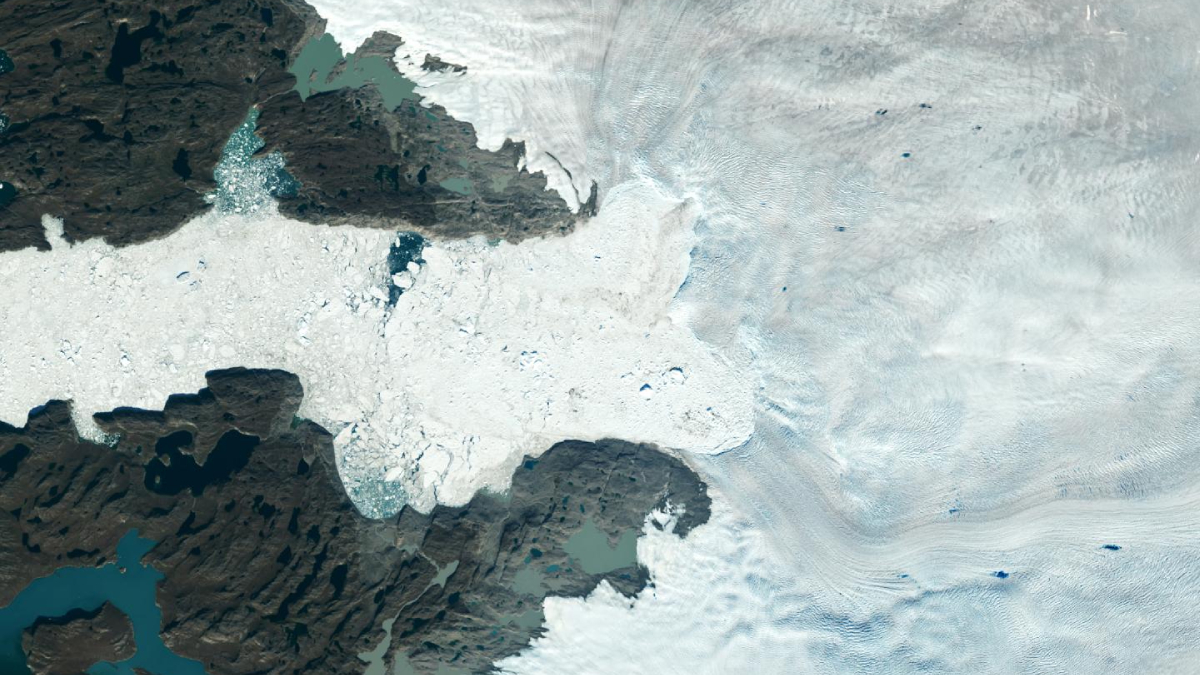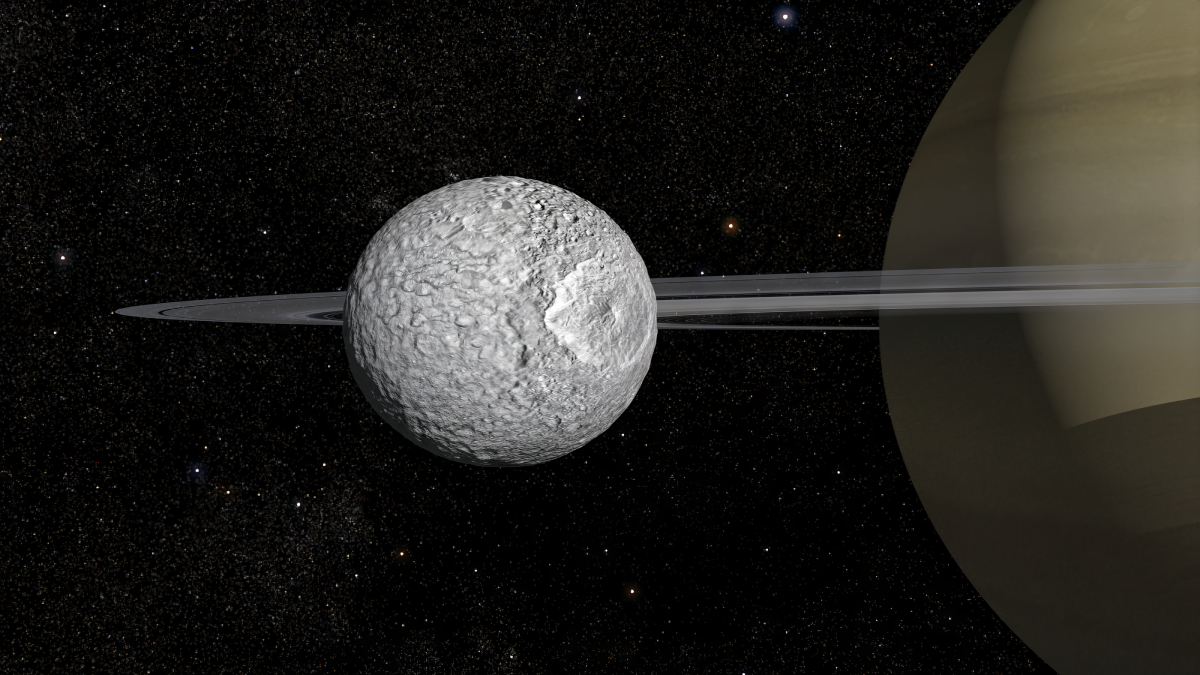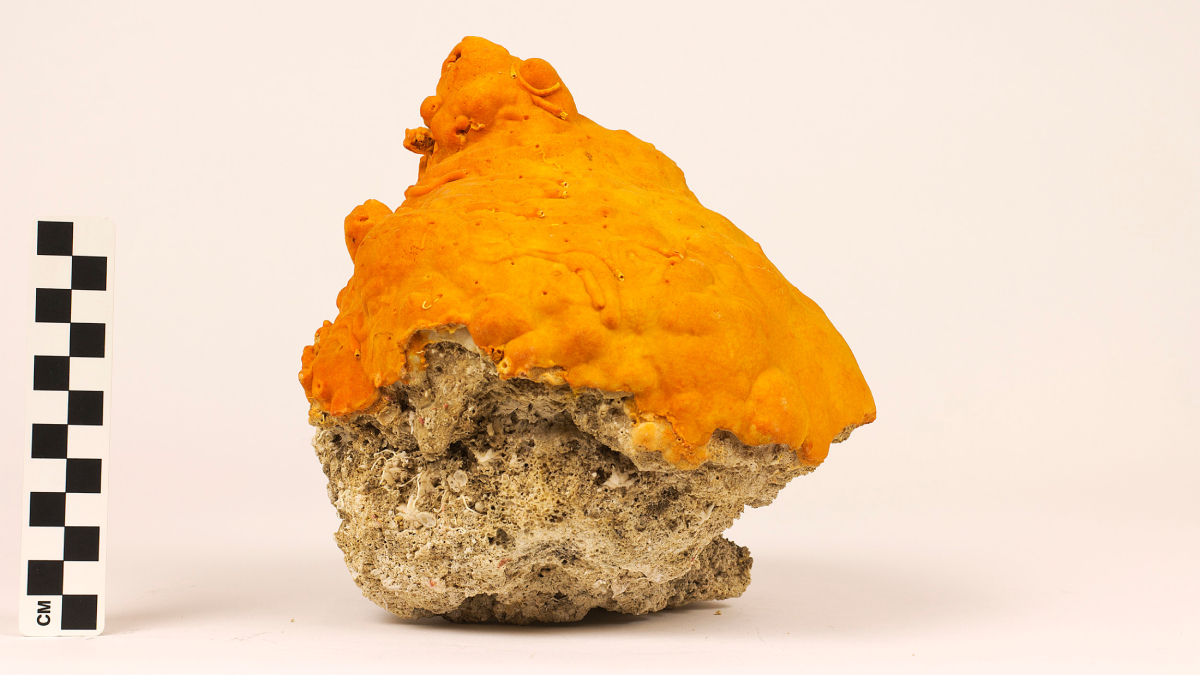After astronomers discovered exoplanets wildly different from Earth, exoplanets in science fiction became less Earth-like, too.
Kimberly M. S. Cartier
Kimberly M. S. Cartier, Senior Science Reporter for Eos.org, joined the Eos staff in 2017 after earning her Ph.D. studying extrasolar planets. Kimberly covers space science, climate change, and STEM diversity, justice, and education
American Samoa’s Sinking Land Speeds Up Sea Level Rise
A new interactive tool is helping residents understand how their lands and homes are at risk.
Passing Stars Shorten Earth’s Time Horizon
Stars in the solar neighborhood could jostle planetary orbits, making it harder to turn back the clock and examine Earth’s orbital or climate history.
Super Tuesday Lays Out Election’s Environmental Stakes
U.S. elections could pull the country back from several environmental tipping points—or push it beyond them. Scientists are urging people to seek climate action beyond the ballot.
Iceland’s Recent Eruptions Driven by Tectonic Stress
Magma flow in the magmatic dike near Grindavík was among the fastest recorded. The processes driving that flow could be at play at volcanoes in Hawaii, off the African coast, and anywhere crustal plates split apart.
Commercial Lander Touches Down on Moon
The first Intuitive Machines lunar mission carries/carried six scientific payloads from NASA to contribute to the Artemis Program.
How Did We Miss 20% of Greenland’s Ice Loss?
The ice loss was hidden in places existing monitoring methods can’t reach, such as hard-to-map fjords. Machine learning helped scientist revise mass loss estimates and uncover patterns in glacial retreat.
That’s No Moon; It’s an Ocean World
If Saturn’s cratered moon Mimas has liquid water beneath its surface, ocean worlds might be far more common in the solar system than we thought.
Climate Scientist Michael Mann Confronts Defamers in Court After 12-Year Delay and Wins
The trial comes as climate impacts and attacks on science and its practitioners are worse than ever.
Oceans May Have Already Seen 1.7°C of Warming
The global warming clock started ticking decades earlier than current estimates assume, according to Caribbean sponges.










